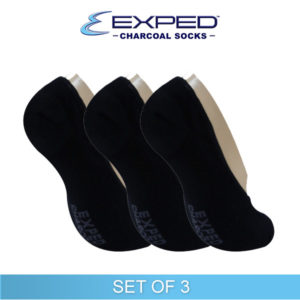Stepping Through Time: A Look at the Evolution of Socks
Ancient Times: Socks for Status

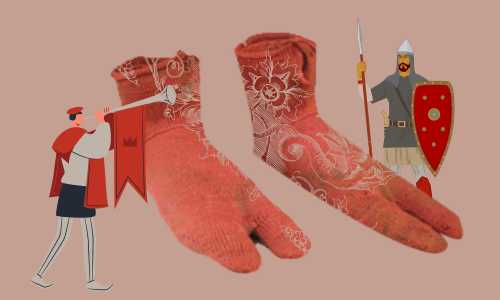

Medieval Era: Hand-Knitted Wool
During the medieval era, socks became more commonplace. They were often hand-knitted using wool or silk yarns and were designed to provide warmth and protection from the elements. Socks were still considered a luxury item but no longer reserved solely for the wealthy.
Renaissance Period: Decorative Socks
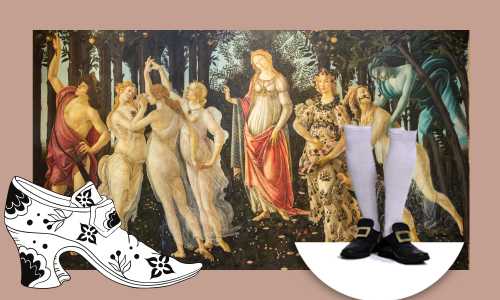

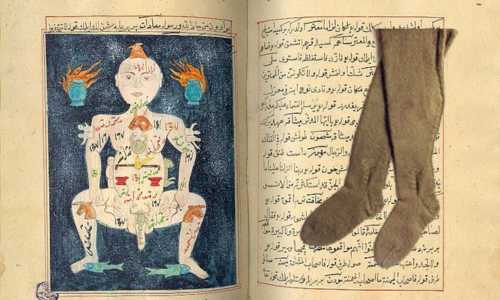

17th and 18th Centuries: Fine Materials and Patterns
During the 17th and 18th centuries, socks continued to be fashionable. They were made from finer materials such as silk and cotton, and decorative clocks or patterns were woven into the fabric. Socks were often brightly colored, with stripes, dots, or other intricate designs.
19th Century: Mass Production and Comfort
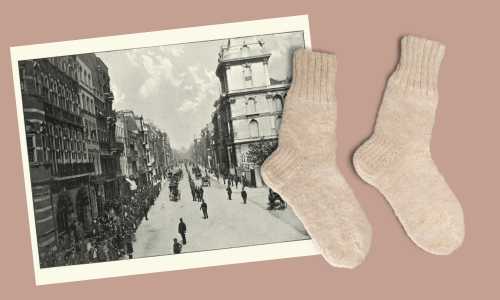



Early 20th Century: Plain and Neutral
In the early 20th century, socks became more plain and neutral in color. Black, brown, and navy were popular choices, and socks were designed to match the color of one’s shoes. Socks were still made of wool or cotton and were often quite thick and heavy.
Mid-20th Century: Bold Colors and Patterns
The mid-20th century brought a return to bold colors and patterns. Socks became more of a fashion statement, with bright stripes, polka dots, and other eye-catching designs. Men’s socks, in particular, featured bold colors and geometric patterns.


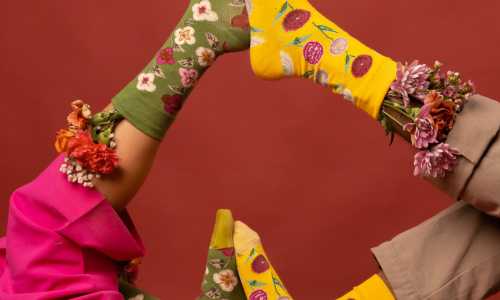

Late 20th Century: Casual and Novelty
In the late 20th century, socks became more casual. Athletic and ankle-length socks were popular choices, and socks were often worn with sneakers or other casual shoes. Novelty socks with humorous designs also became popular, with everything from cartoon characters to food items adorning people’s feet.
21st Century: Personal Expression
-
Exped Ladies’ Casual Cotton Charcoal Anklet Socks T44352 – Set of 3
₱380.00Original price was: ₱380.00.₱304.00Current price is: ₱304.00. Select optionsAdd to WishlistAdd to Wishlist -
Exped Ladies’ Sports Thick Cotton Charcoal Anti-Slip Low-Cut Socks 471276
₱190.00Original price was: ₱190.00.₱152.00Current price is: ₱152.00. Select optionsAdd to WishlistAdd to Wishlist

